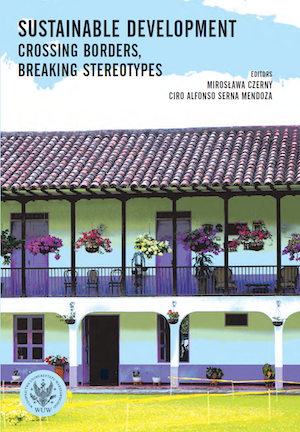Vegetation and ‘Biophilia’ from architectural design
Vegetation and ‘Biophilia’ from architectural design
Author(s): César Alejandro Vargas Esperón
Subject(s): Geography, Regional studies
Published by: Wydawnictwa Uniwersytetu Warszawskiego
Keywords: Biophilia; nature; vegetation; architectural design; sustainability; human-nature relationship
Summary/Abstract: At present, buildings and cities have become places that cause extensive environmental damage and constantly move away from their connection to nature. Sustainable design approaches focus on reduction, that is, on minimizing, mitigating, and avoiding negative effects on natural ecosystems. It is not enough to really ensure lasting sustainability in buildings and cities that promote health and well-being for their inhabitants. Human thinking about nature has been changing over time, acknowledging mainly three phaseswhere nature shifts from being the feared and dominant force, to a more balanced phase of adaptation to the environment and finally to the conquest by technological and industrial advances of our societies, constituting the basis for the ongoing environmental crisis. The need to rethink this idea as an alternative that contributes to the paradigm of sustainability and to reappraise the importance of the relationship between human beings and nature in architectural design has been raised. It is not intended to understand design as a final resolution instrument, but as part of the complex network that together with interdisciplinary and collective efforts can address one of the current paradigms of human beings. This article makes a brief compilation of the evolution of the human-nature relationship and introduces biophilia as a contemporary design approach, thereby introducing the question of its contribution to the paradigm of sustainability.
Book: Sustainable development
- Page Range: 189-202
- Page Count: 14
- Publication Year: 2021
- Language: English
- Content File-PDF

